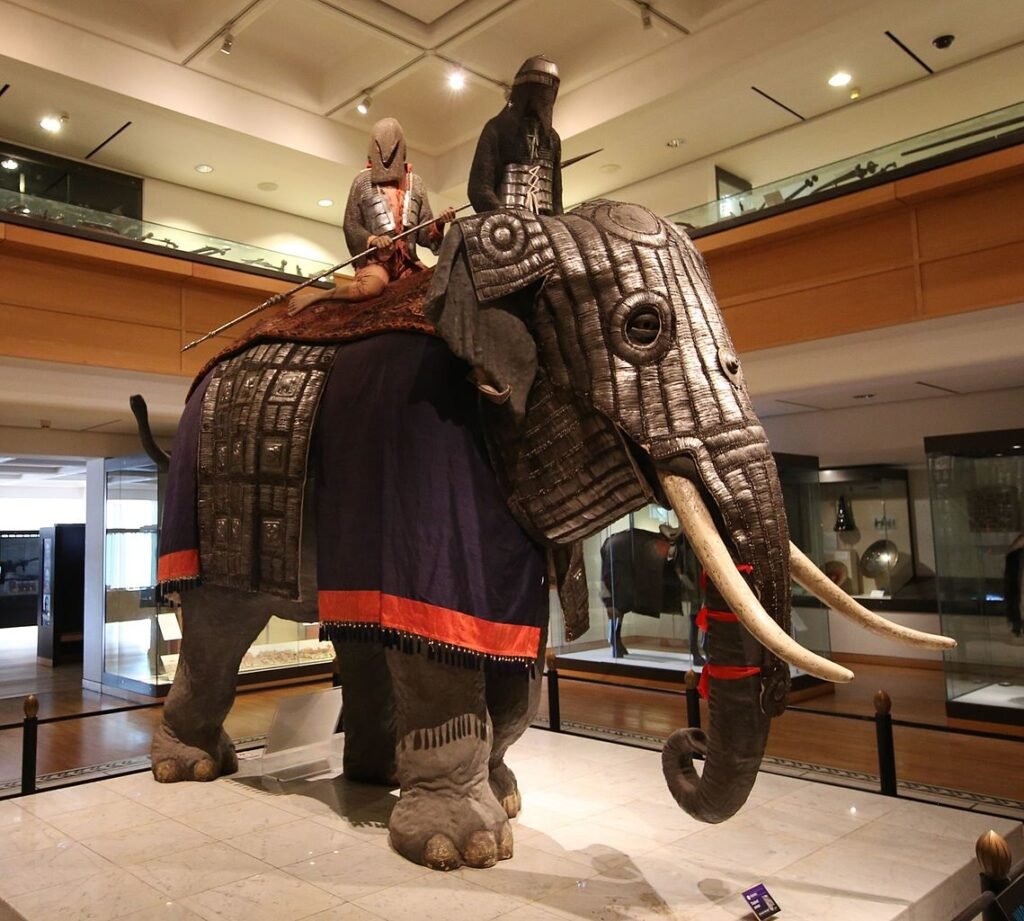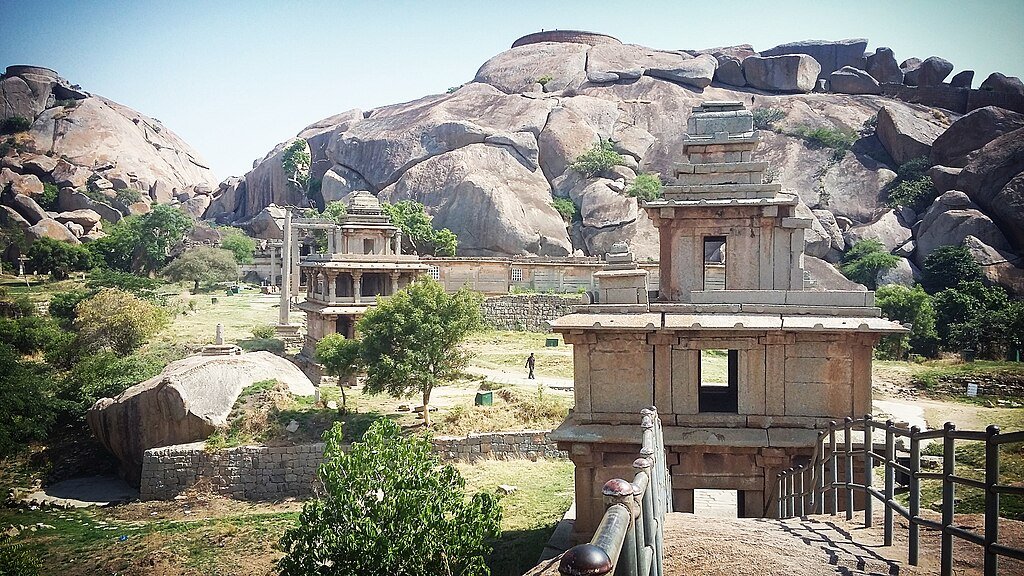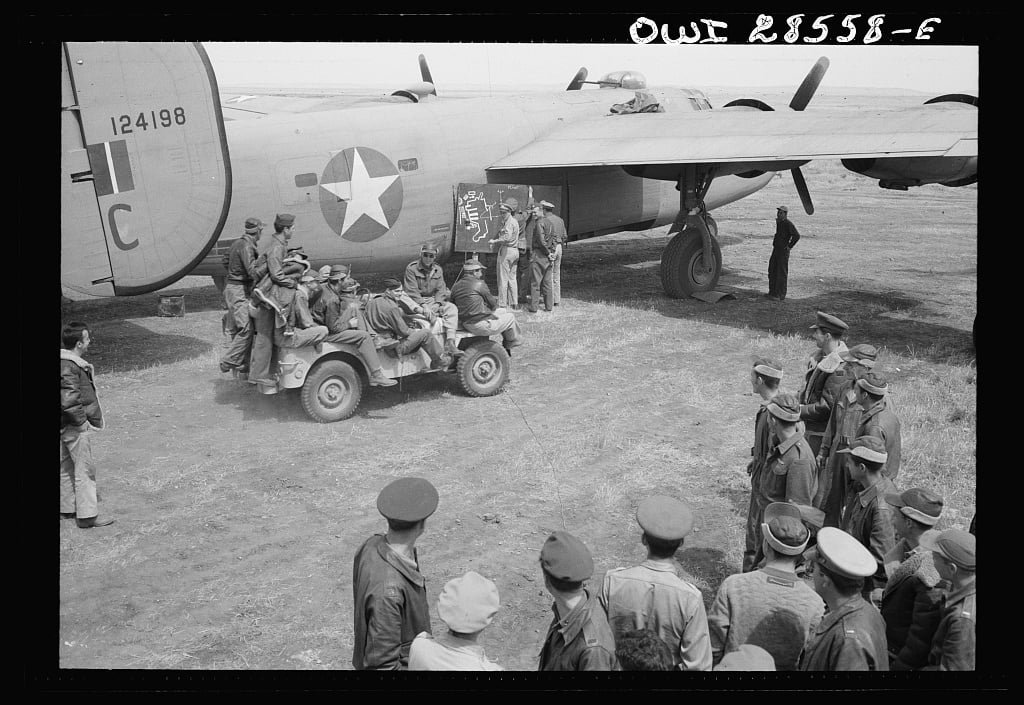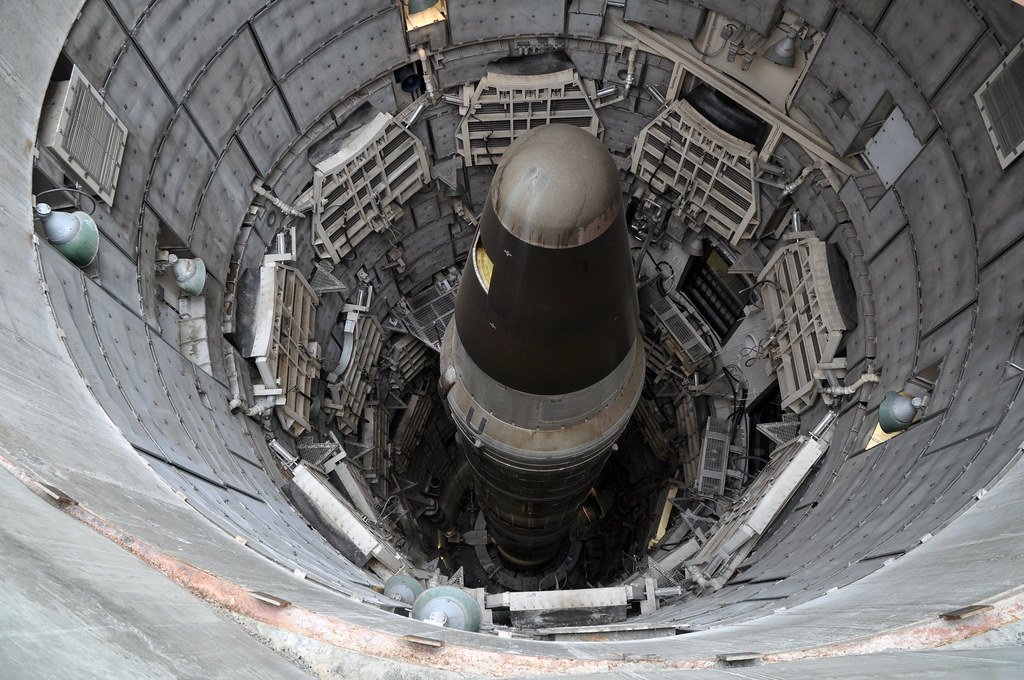Ancient Indian history is adorned with tales of bravery, conquest, and strategic warfare, where the mastery of siege weaponry played a pivotal role. Among the arsenal that defined warfare were the ingenious ancient Indian siege weapons, each crafted with precision and innovation. Among these, catapults emerged as one of the most iconic and formidable instruments of war.
In the rich tapestry of Ancient Indian kingdoms, the utilization of siege weaponry was both an art and a science. Catapults, in particular, stood out as formidable machines capable of launching projectiles with accuracy and force. These gadgets, ranging from the traction trebuchets to the more advanced counterweight versions, and became the hallmark of siege warfare across various dynasties and periods.
The mastery of siege weapons was not merely about destruction but symbolized strategic prowess and military sophistication. Ancient Indian kingdoms, such as the Mauryas, Guptas, Cholas, and others, showcased their engineering ingenuity through the development and deployment of these war machines. From the Deccan Plateau to the Gangetic plains, these kingdoms fortified their cities while perfecting the craft of siege warfare.
The use of catapults, battering rams, and other siege engines wasn’t merely for conquering territories but also for defending against relentless invasions. The monumental walls and fortifications of cities were tested and fortified against the onslaught of these weapons, each side seeking supremacy through innovation and tactical superiority.
Understanding the role of siege weapons in ancient Indian history provides a window into the military strategies, technological advancements, and the cultural significance attached to warfare in this era. These instruments weren’t just tools of destruction but embodied the craftsmanship, intellect, and strategic understanding of the civilizations that forged them. They remain a testament to the enduring legacy of ancient Indian kingdoms and their contributions to the annals of military history.
Table of Contents
What were war weapons in ancient India?
Ancient India boasted a diverse array of war weapons that reflected the technological ingenuity and martial expertise of its civilizations. Among the prominent weapons were:
Bows and Arrows
A primary weapon in ancient Indian warfare, bows were often made of bamboo or wood, and arrows were tipped with metal or flint for more significant impact.
Swords and Daggers
Iron swords and daggers were wielded by warriors and royalty alike, showcasing exquisite craftsmanship and often embellished with intricate designs.
Spears and Lances
These were commonly used for thrusting and throwing, providing infantry and cavalry with versatile offensive capabilities.
Maces and Clubs
Constructed from heavy materials such as iron, these were effective in close combat and capable of crushing armor and causing significant damage.
Chakrams
Circular throwing weapons made of metal, these razor-sharp discs were employed by skilled fighters with deadly accuracy.
War Elephants
While not handheld weapons, elephants were utilized as living war machines, carrying archers and acting as a fearsome force on the battlefield.
Catapults and Ballistae
Siege weapons like catapults were used to launch projectiles at fortifications, causing destruction from a distance.

These weapons played crucial roles in ancient Indian warfare, reflecting the diverse combat scenarios and the adaptability of soldiers across various terrains. Their evolution and utilization differed among kingdoms and periods, showcasing the rich heritage and strategic sophistication of ancient Indian civilizations in their pursuit of military dominance.
Were trebuchets used in India?
Yes, trebuchets were indeed used in India during various periods of ancient history. While the exact timeline of their introduction is not precisely documented, historical records and accounts suggest their utilization in warfare by several Indian kingdoms.
Trebuchets, with their ability to hurl heavy projectiles over long distances, became an integral part of siege warfare tactics in ancient India. These massive siege engines were renowned for their effectiveness in breaching fortifications and causing considerable damage to enemy defenses.
Indian rulers, including those from the Maurya, Gupta, Chola, and other dynasties, recognized the strategic advantage offered by trebuchets. They were instrumental in sieges against fortified cities, where these powerful machines could launch projectiles such as large stones, fireballs, or even diseased carcasses, causing devastation to defensive structures and demoralizing the defending forces.

While the specifics of their design might have varied across regions and periods, the presence and use of trebuchets in ancient Indian warfare are substantiated by historical texts, archaeological findings, and depictions in artwork. Their inclusion in the arsenal of siege weapons in India reflected the military innovation and technological advancements of the time, showcasing the prowess of ancient Indian kingdoms in devising formidable instruments of war.
What were the siege weapons used by ancient Indians?
Ancient India had a variety of siege weapons that were used in warfare to breach fortifications and defend against enemies. Some of these siege weapons included:
Battering Rams
Battering rams, renowned for their effectiveness in breaching fortifications, were ancient siege weapons designed to dismantle gates or walls through sheer force and momentum. These instruments typically featured a heavy, solid head—often resembling the shape of a ram’s head or a blunt object—mounted on a long wooden beam.
The primary purpose of a battering ram was to deliver powerful, concentrated blows to targeted structures. Operated by a group of soldiers, the ram would be swung or thrust against gates or walls repeatedly until they yielded to the relentless force. To protect the ram and those operating it from retaliatory attacks, it was often enclosed within a movable shed or shielded by other defensive structures.
The effectiveness of a battering ram depended on the coordinated effort, strength, and endurance of the soldiers using it. It was a slow yet steady methodical approach that required patience and strategic planning. Often, the success of breaching a fortified entrance or wall relied on the endurance of those wielding the ram and the durability of the ramming head.
While battering rams were formidable in siege warfare, their usage gradually diminished with advancements in defensive fortifications and the introduction of more sophisticated siege weaponry. Nonetheless, their historical significance remains profound, symbolizing the perseverance and tactical ingenuity of ancient civilizations in overcoming formidable barriers through sheer force and determination.
Siege Towers
In ancient warfare, siege towers stood as towering sentinels, formidable structures engineered to breach fortified walls and grant access to the elevated sections of enemy defenses. These mobile edifices were crafted with meticulous precision, often resembling massive wooden platforms or multi-story constructions mounted on wheels or rollers.
The primary purpose of siege towers was to provide a means for soldiers to ascend to the higher portions of defensive walls or fortifications during a siege. These towering behemoths were equipped with ladders, ramps, or staircases, facilitating the ascent of troops to breach the enemy’s fortified ramparts. Soldiers within the towers would engage in close combat, shooting arrows, hurling projectiles, or engaging in hand-to-hand combat with defenders on the walls.
Constructed to withstand enemy projectiles and equipped with various protective measures such as wooden screens or even animal hides to deflect incoming attacks, siege towers were vital instruments in overcoming well-fortified defenses. Their mobility allowed for strategic maneuvering during a siege, providing a means to approach the defensive walls at critical points while shielding assaulting forces from enemy retaliation.
These towering structures symbolized the innovative prowess of ancient military engineering, showcasing the strategic sophistication of civilizations in their quest for conquest and defense. The utilization of siege towers exemplified the strategic importance of breaching defensive fortifications, playing a pivotal role in the tumultuous theater of ancient warfare.
Catapults and Ballistae
Siege warfare in ancient India witnessed the deployment of various ingenious weapons, notably catapults, designed for long-range assaults on enemy fortifications. Catapults served as formidable machines capable of hurling a diverse array of projectiles with remarkable accuracy and force. These weapons were pivotal in breaching defensive walls, creating chaos within enemy ranks, and sowing destruction within fortified structures.
The projectiles launched by catapults encompassed a range of deadly payloads. Large stones, sometimes weighing hundreds of pounds, were flung at high velocities, aimed at weakening or demolishing walls and gates. Additionally, fireballs, often created by combining combustible materials, were launched to set ablaze enemy structures and create panic among defenders. Other incendiary devices, such as flaming tar or oil-soaked materials, were used to spread fire upon impact, causing devastation and obstructing enemy counterattacks.

The significance of these projectiles lay not only in their destructive capabilities but also in the psychological impact they had on defending forces. The relentless onslaught of stones and the terrifying sight of fire raining down from the sky instilled fear and demoralization among those within the besieged fortifications. This strategy aimed not only to physically damage the structures but also to break the resolve of the defenders, ultimately leading to the conquest or capitulation of the fortified settlements. The utilization of such projectiles through catapults marked a defining aspect of ancient Indian siege warfare, showcasing the tactical and technological prowess of these civilizations in their pursuit of military dominance.
Trebuchets
Similar to catapults in function but distinct in design, trebuchets were formidable siege engines utilized in ancient warfare. These massive machines were renowned for their ability to launch projectiles of immense weight over great distances with astonishing accuracy. Employed primarily for besieging fortifications, trebuchets were a pinnacle of engineering brilliance in ancient warfare.
The key difference between trebuchets and catapults lies in their mechanism. Unlike catapults that used tension or torsion to hurl projectiles, trebuchets relied on a counterweight system. A trebuchet consisted of a long arm with a sling on one end and a heavy counterweight on the other. By utilizing gravitational force, the trebuchet’s counterweight pulled the arm down, propelling the sling and its payload forward upon release. This mechanism allowed for the launch of significantly heavier projectiles than other siege engines of the time.
Trebuchets were capable of hurling a variety of ammunition, including massive stones, incendiary materials, or even gruesome payloads like diseased carcasses, aiming to spread sickness within enemy fortifications. Their power and range made them effective tools for breaching fortified walls or causing chaos within enemy ranks, often contributing significantly to the outcome of sieges in ancient warfare. The trebuchet’s efficiency and sheer force cemented its place as a symbol of military might and engineering prowess in the annals of history.
Sap and Undermining
Ancient Indian warfare tactics encompassed a spectrum of ingenious strategies, among which tunneling and sapping played a crucial role. These techniques involved clandestine excavation, creating tunnels, or sapping underneath enemy fortifications to destabilize their structural integrity or establish covert passages for infiltration.
Tunneling beneath fortified walls was a methodical and secretive approach employed to weaken the very foundation upon which the defenses stood. Skilled laborers and engineers would painstakingly dig tunnels, often concealed from plain sight, using rudimentary tools and techniques to avoid detection. By excavating underneath defensive walls or bastions, they sought to compromise the stability of these formidable structures, rendering them susceptible to collapse or breach during an assault.
Sapping, on the other hand, involved the gradual undermining of fortifications by digging trenches or channels toward the enemy walls. Soldiers would work tirelessly, digging and excavating while shielded by protective barriers, aiming to reach the base of the defensive walls. Once in close proximity, they could create breaches or weaken the foundation, enabling a strategic advantage during a siege.
These covert methods of tunneling and sapping demanded patience, skill, and precision. Their success often depended on secrecy, timing, and the ability to remain undetected until the opportune moment for exploitation. Utilized across various ancient Indian kingdoms, these tactics showcased the strategic brilliance and adaptability of warfare techniques aimed at dismantling the strongest fortifications through stealth and engineering expertise.
Elephants
War elephants, while not conventional siege weaponry, played a pivotal role in ancient Indian warfare due to their sheer size, strength, and strategic significance. These colossal creatures were not just beasts of burden but formidable instruments of destruction on the battlefield. Employed strategically, war elephants were used to break through enemy lines, gates, or structures due to their imposing physical presence and immense strength.
The sight of war elephants charging into battle instilled fear and chaos among enemy forces. Their colossal weight and power enabled them to trample through infantry lines, causing havoc and disrupting formations. Their tusks and sheer force could breach fortifications, gates, or defensive walls, providing a passage for infantry to follow and infiltrate enemy strongholds.
Moreover, war elephants were outfitted with elaborate armor and sometimes carried howdahs, which served as mobile platforms for archers or javelin throwers, adding a ranged assault capability to their brute force. Their height provided a vantage point for commanders to oversee the battlefield, directing troops and coordinating attacks.
Ancient Indian kingdoms, such as the Mauryas and later dynasties, strategically utilized war elephants as a symbol of power and dominance in warfare. While not conventional siege weapons like catapults or battering rams, these majestic creatures played an integral role in breaching defenses and securing victories, leaving an indelible mark on ancient Indian military history.
Ancient Indian kingdoms such as the Maurya, Gupta, and Chola dynasties were renowned for their adeptness in deploying a diverse array of innovative siege tactics and weaponry. These civilizations ingeniously crafted and employed various siege engines to both conquer rival territories and safeguard their domains. The specifics and prevalence of these siege weapons, ranging from battering rams to sophisticated catapults, varied significantly across diverse regions and periods within ancient India.
The Mauryan Empire, under the leadership of Emperor Ashoka, notably utilized formidable siege weapons during military campaigns, showcasing a strategic understanding of warfare. Similarly, the Gupta dynasty and the powerful Chola kingdom exhibited a mastery of siege warfare, employing tactics tailored to their unique geographic and strategic circumstances. While the exact types and prevalence of these siege weapons fluctuated across different epochs and territories, their significance in shaping ancient Indian warfare remains a memorable aspect of the region’s rich historical tapestry.














